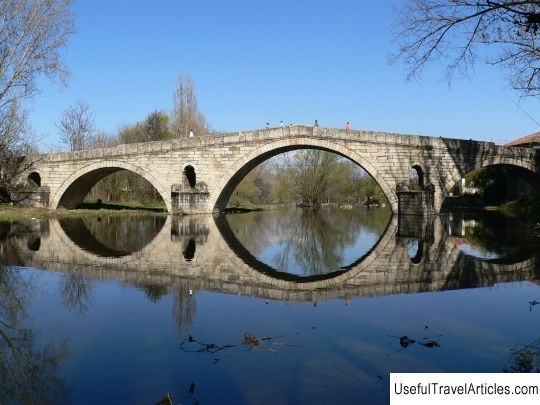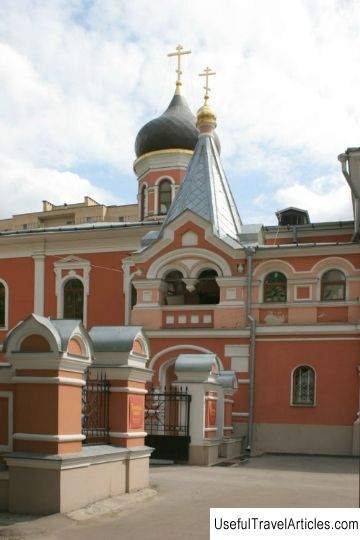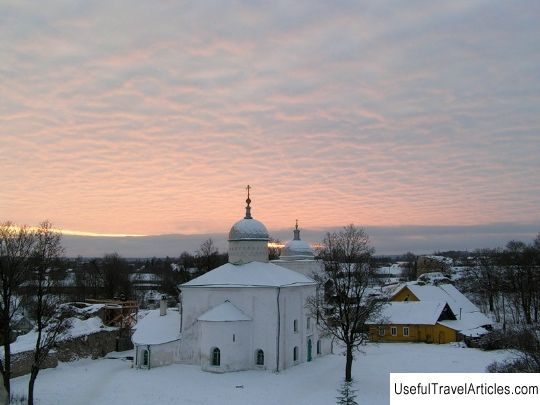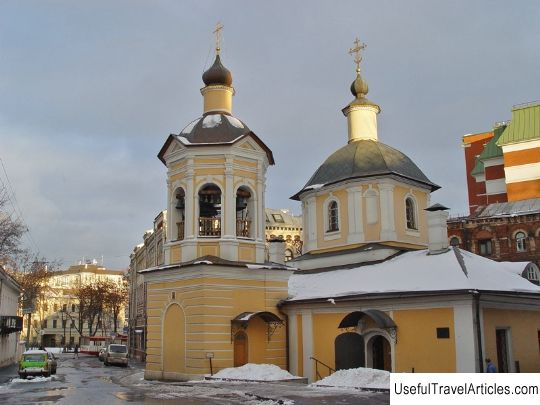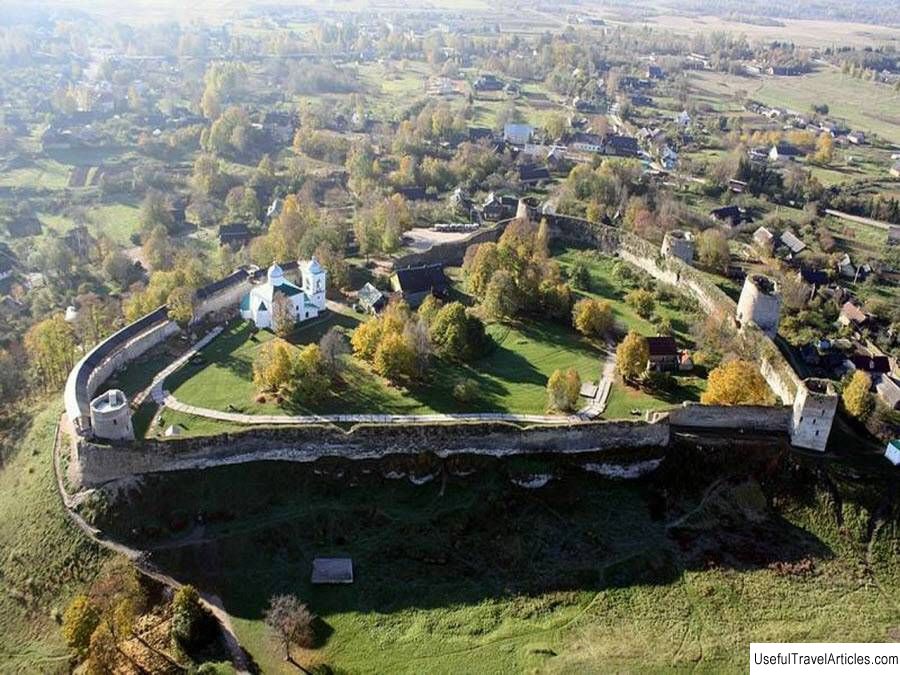Church of St. Sergius of Radonezh and Nikandr of Pskov description and photo - Russia - North-West: Izborsk
Rating: 8,3/10 (876 votes) 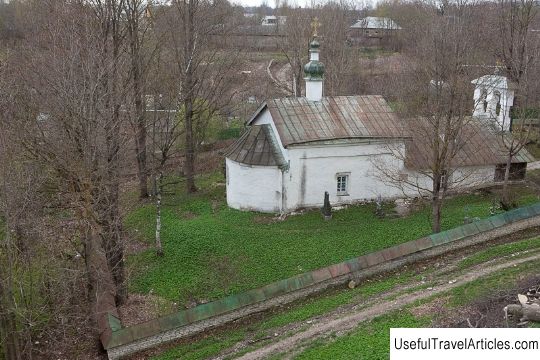
Church of St. Sergius of Radonezh and Nikandr of Pskov description and photos - Russia - North-West: Izborsk. Detailed information about the attraction. Description, photos and a map showing the nearest significant objects. Photo and descriptionDirectly near the Izborsk fortress there is a stone church of the Monks Sergius of Radonezh and Nikandr of the Pskov miracle worker. An ancient wooden temple once stood on the site of a stone building. The exact time of its construction is unknown. Presumably, this is the 16th century, although no reliable documentary sources mentioning the construction of this temple have survived. However, the fact that this church existed in 1585-1587 is evidenced by scribal and quitrent books and other Pskov documents. From this it follows that the first temple was most likely built before 1585. After the Pskov lands were annexed to Moscow, Moscow saints began to be venerated here. Probably, the temple in honor of the Monks Sergius of Radonezh and Nikandra was erected at the same time. Therefore, the construction of an ancient church, most likely refers to the 16th century, no later than 1585-1587. This first wooden temple burned down in a fire. The new church was erected in the 18th century already from stone. Documents of that time, indicating the date of construction of this temple, also do not agree in time. Some mention 1755, others 1765, and others -1795. This small rectangular stone building has one side-chapel, one chapter, a decorative drum, one apse, a gable roof, a refectory, a porch and a belfry. It is a pillarless temple. The chapter has a baroque shape. The construction is very simple, without unnecessary decor. The belfry is a partial decoration of the temple. It has two spans and three pillars and is located above the western facade. Above it is a hipped roof and a head with a cross. Two small bells, hanging on a wooden beam, are now rather a decoration of the temple, than its functional element. Under the belfry there is a porch with a porch. The porch has the shape of an almost regular square. The entrance to the temple is a forged metal door and a porch. The door dates back to the 18th century. Above the porch and porch - arches, later sewn up with boards. There is a window above the door; it is closed by the roof of the vestibule. In addition to the belfry, the building has another decorative element in the form of a carved wooden pillar that supports the northern corner of the roof and porch. The interior is illuminated by several small windows. There is a niche in the western wall. Another niche is located at the site of the altar. There is one slotted window in the niche. There is another window in the center of the apse. The floors inside the temple are made of slabs. The iconostasis of the church is wooden. Belongs to the end of the 18th century. It has remained almost unchanged. Has three tiers. According to the preserved inscription on the slab, in 1979 a fence and a gate with one arch were added to the temple. The plank elements of the fence were replaced with a cement screed. The gate is located in the center in front of the facade of the temple. Consist of one arch. Above this arch is a trapezoidal niche for the icon. On the inside, the gate is fortified with a buttress. Until 1831, the church had its own parish, priest and deacon. Further, this temple was attributed to the Nikolsky Cathedral, so a priest from the cathedral began to serve in it. Around the beginning of the 70s, the temple was closed, and the building was transferred to the museum. Now it is located on the territory of the Izborsk State Natural-Landscape and Historical-Architectural Museum-Reserve. The architectural image of the temple as a whole has something in common with the style of other ancient buildings of Pskov. However, in some details, the influence of new architectural stylistic trends is also visible. There are parts of the structures and some elements of the decoration of the temple, which are made in several styles: provincial baroque and classicism.   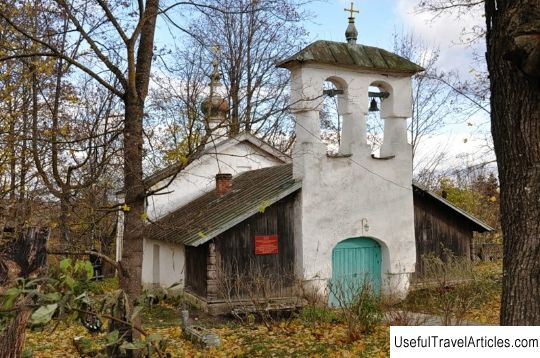    We also recommend reading Junker school in the Kazan Kremlin description and photos - Russia - Volga region: Kazan Topic: Church of St. Sergius of Radonezh and Nikandr of Pskov description and photo - Russia - North-West: Izborsk. |
